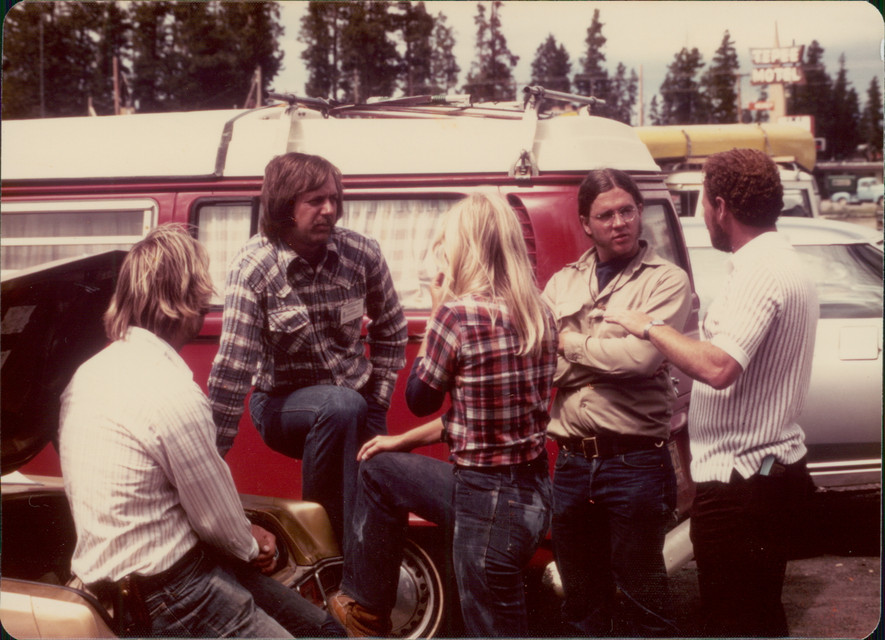
50 Years: Lords of the Fly - The 70's
Umpqua has built an empire in our industry, and it started with an A Frame Cabin on the banks of the North Umpqua River. Based on all accounts, it should not have happened. It was such an improbable story you could have never come up with most of it. Doing things that no one had ever done before, and yet, it happened.
In the process, Umpqua changed the way the fly fishing industry was able to scale and grow through the production and delivery of fly tackle and the highest quality flies, designed by Royalty Tyers. Umpqua is built on a legacy of innovation and has encouraged innovation at pivotal moments.
This is the Umpqua Story told by some of the people who were witness to the events.
Lords of the Fly - the 70's
“I was standing right there when it happened” says Randall Kaufmann about the 1971 Federation of Fishers Conclave in Aspen Colorado. Dennis approached Dave Whitlock with the idea of Umpqua tying Dave’s flies. This was radical. How could overseas flies possibly match Dave Whitlock creations? Dave was skeptical, but Dennis was not dissuaded. It would be a while before this came to fruition, but Dave believed in Dennis and became Umpqua’s first Royalty Tyer.

The infamous red van parked in West Yellowstone in 1975. Dennis Black showed up to the conclave to pitch tyers into becoming a part of Umpqua's royalty program at an old church.
The pitch—let Umpqua produce and distribute your flies, which will be tied to your standards, and Umpqua will pay you a percentage of every sale—a royalty for your creativity. As with Dave Whitlock, other personality tyers needed proof that Umpqua’s overseas flies were superior on every measure of quality and matched or exceeded their expectations to seal the deal. To ensure this, Umpqua provided all the materials, had strict quality control measures in place, and tyers inspected their patterns.
So, Dave signed on as Umpqua’s first Royalty Tyer and was followed by Mike Lawson and Randall Kaufmann. An important aspect of the royalty program was to sell the name in front of the fly. Kaufmann’s Stimulator, Lawson’s No Hackle, Schroeder’s Hopper, Barr’s Emerger and so on. These fly fishing names would be able to promote their patterns and Umpqua would produce and distribute the flies for them. The royalty program was so far ahead of its time, it took years for anyone to even catch up.
By then, Umpqua had signed some of the biggest names in fly fishing.

Over the years Umpqua brought the best of the best to the Royalty Program.
“We started to get some substantial checks from the Royalty Program. There were times where we were starving and these checks that started small grew and grew. Our Royalties from Umpqua ended up being a huge support for us during the winters at Henry’s Fork Anglers,” says Mike Lawson

Mike Lawson tying flies at Henry's Fork Anglers
“What really impressed me about Umpqua’s flies is that they were tied the way they should be tied, even the small ones. The big problem we used to have was materials. Other people’s size 18 Adams would have a size 14 webby hackle on it,” Lawson says. “Quality materials were everything, and Umpqua was producing flies that were as good or better than I could tie.”
Word had gotten out that Umpqua was paying out on these Signature Patterns and doing so with the highest levels of integrity.
Everybody wanted in.
Stay tuned til next month as we dive into the 1980's era of Umpqua Feather Merchants!
